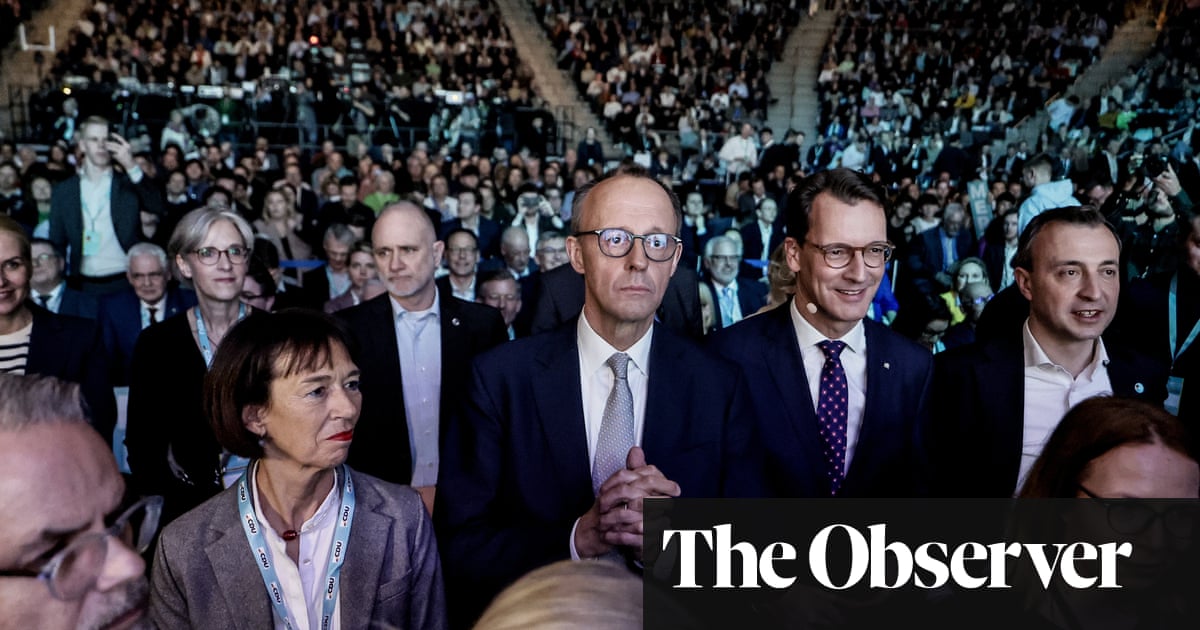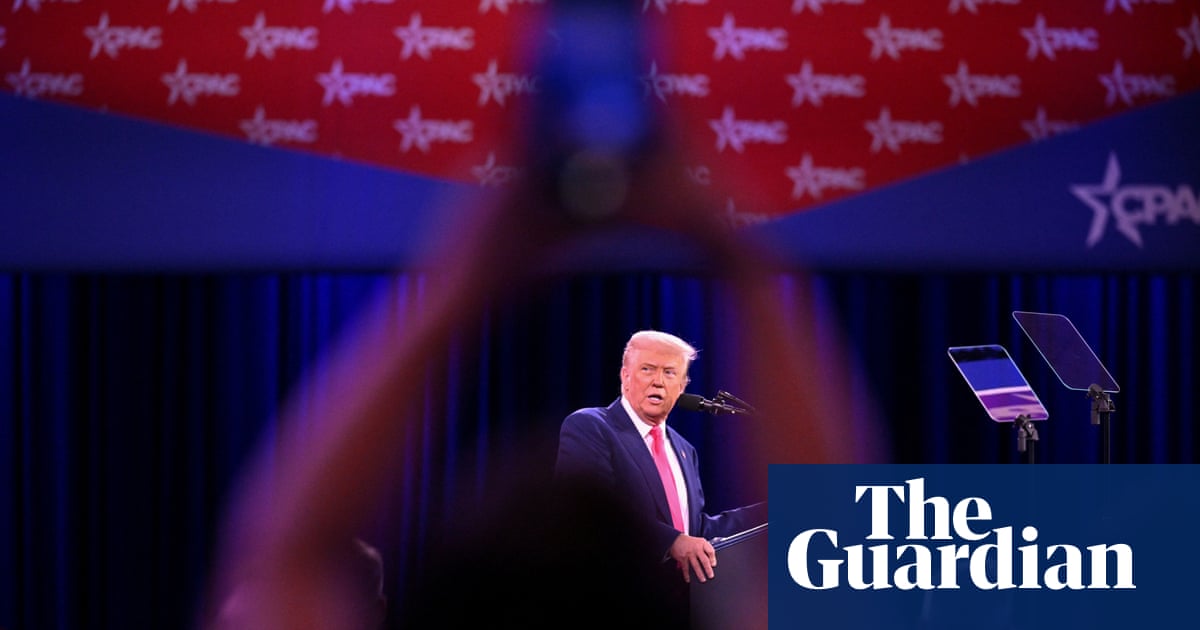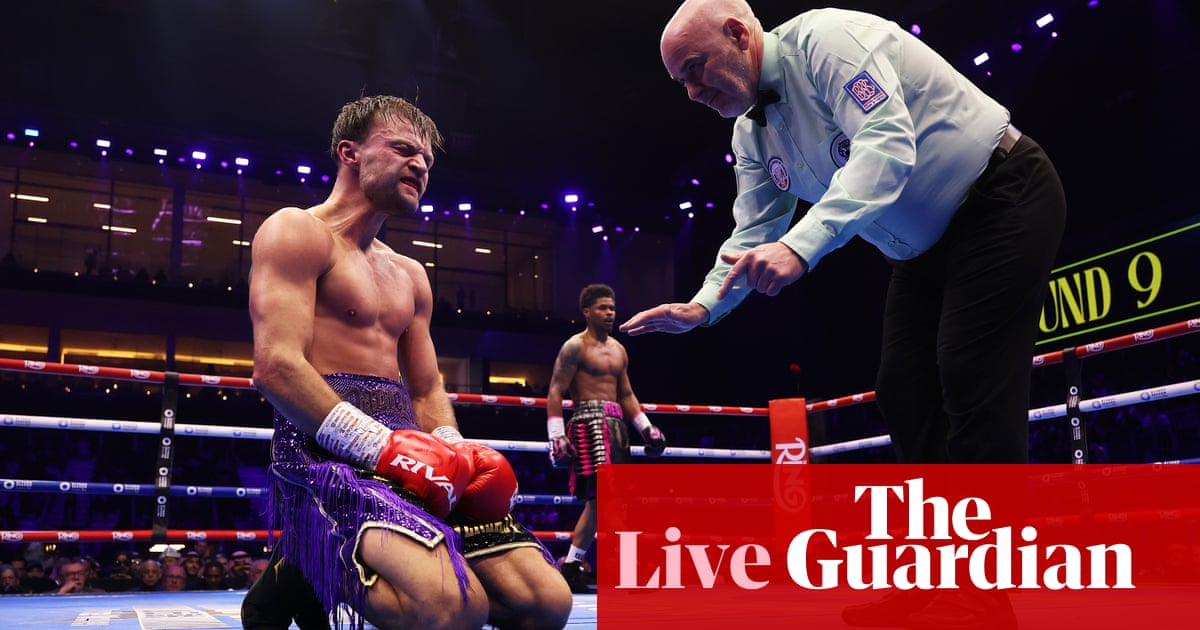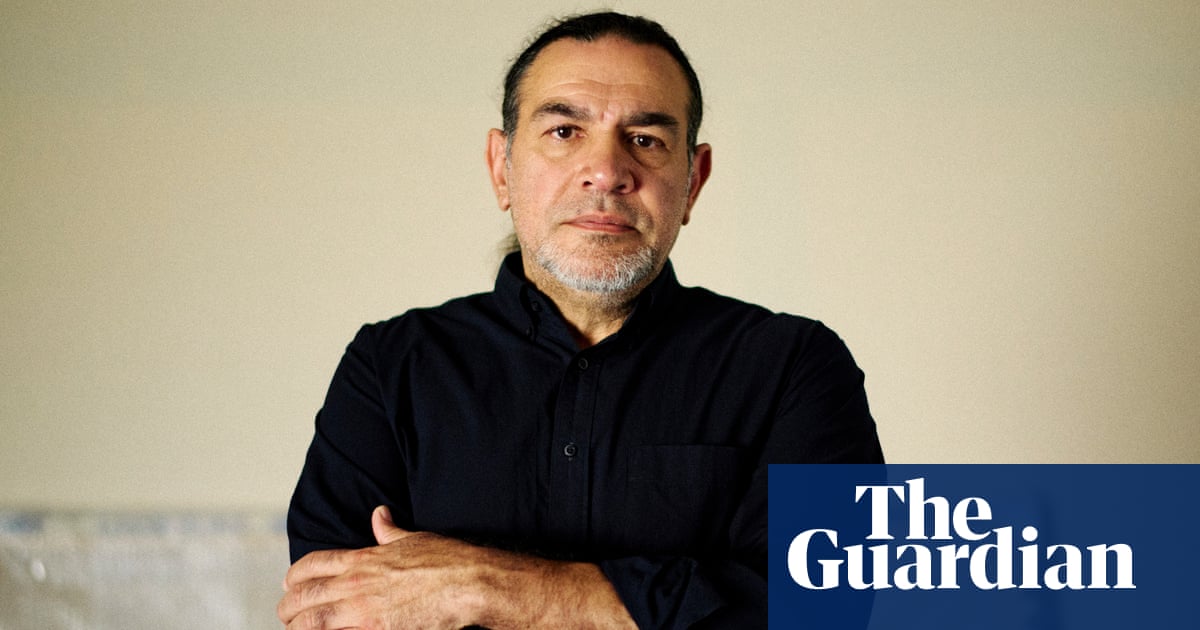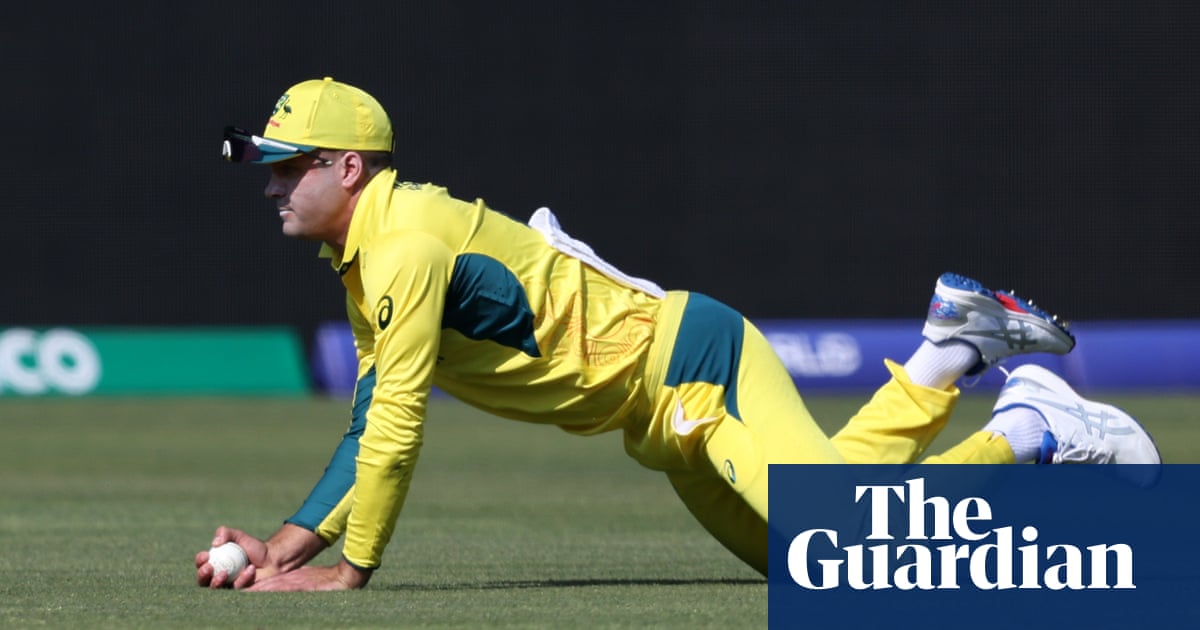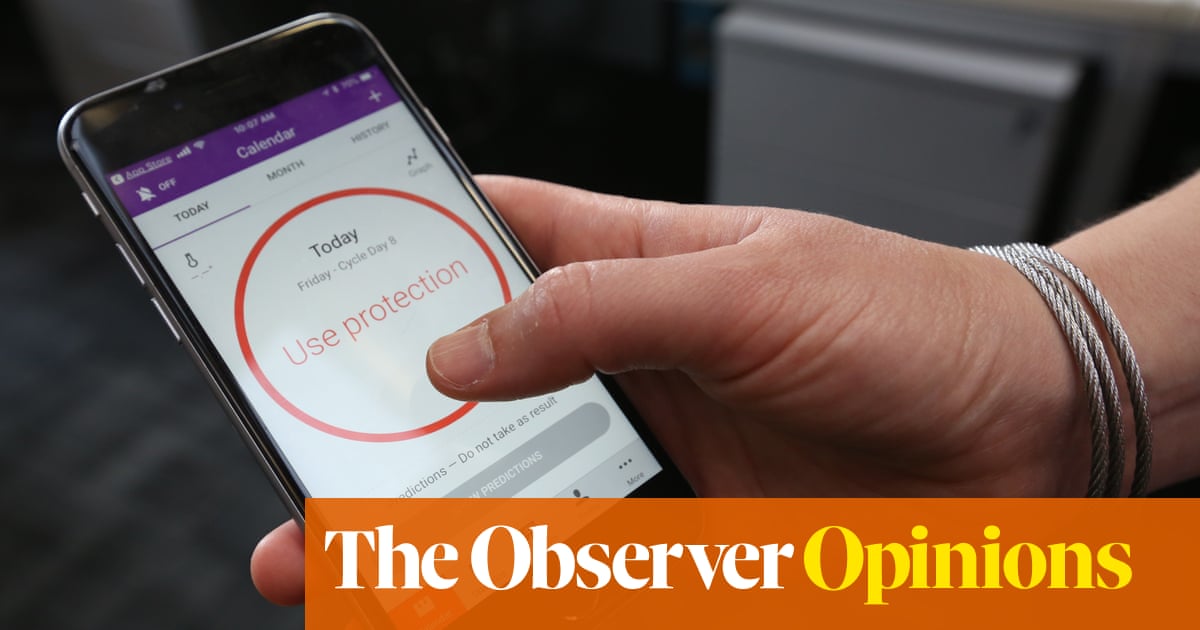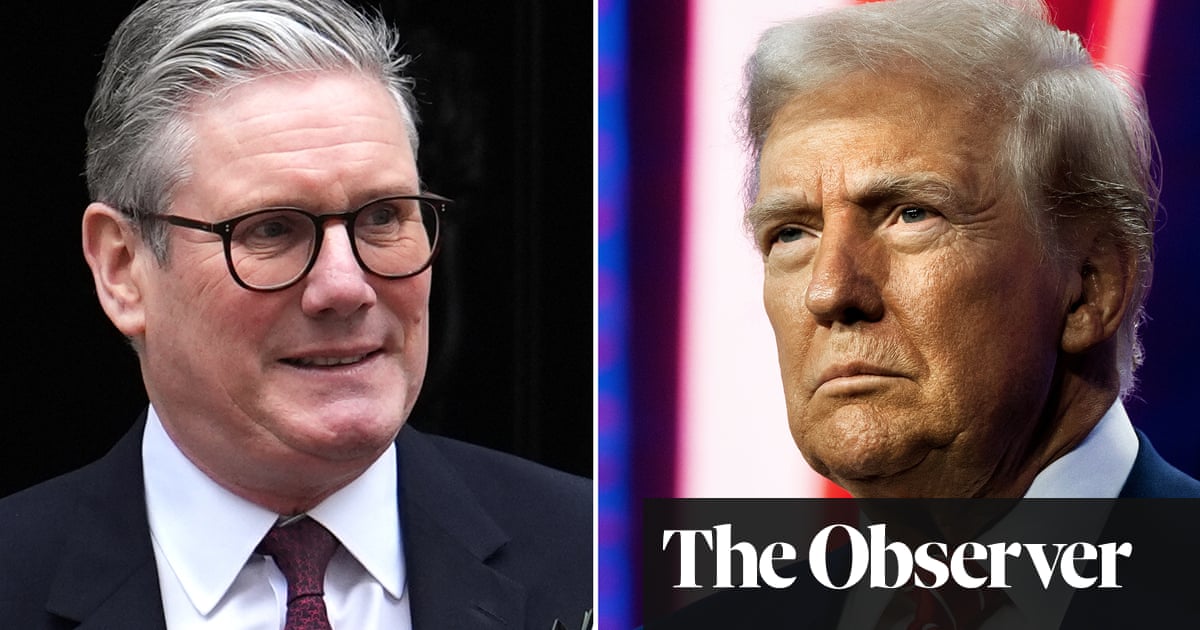In Kyiv, as autumn turns fast turns to winter, Ukrainians in the government describe a vacuum before the arrival of Donald Trump in the White House on 20 January that will be filled by more war as both sides jockey for advantage. “Trump has said he wants to end the war within 24 hours. Nobody is more interested in this topic than Ukraine,” a senior official told the Guardian.
“But the problem is, for the moment, everything is just speculation. Will it be the first peace plan, the second plan, the first variant, the 10th variant?” they said. Ukraine is in “a difficult but not catastrophic position” and has little choice but to fight on and perhaps show Trump that backing Kyiv is not a losing bet.
What helped this week was an 11th hour change of heart by the current US president, Joe Biden, whose White House briefed on Sunday that the US would allow its Atacms missiles, with a range of 190 miles (306km), to be used on targets inside Russia. Ukraine had been asking for permission for years, arguing that it has been unable to hit barracks, airfields and logistics sites in the Russian rear.
“Finally, at the end of Biden’s term, the White House is more helpful. But it can’t compensate for delays in previous years,” the official said. Russia now holds the military initiative in large parts of the eastern front, where it is gradually swallowing up the town of Kurakhove, even if its casualty rate was approximately 1,350 a day in October, according to British estimates. “The frontline is now less stable than at any time since the early days of the full-scale Russian invasion,” warned the British defence secretary, John Healey, on Thursday.
Even so, the permission came with another limitation. The missiles could only be used in relation to the battle in Kursk oblast, where Ukraine seized a chunk of territory in August and is trying to resist a counterattack from 50,000 soldiers, including 10,000 from Russia’s newly recruited ally, North Korea. Nevertheless, there was little hesitation: a day later Ukraine’s military fired about eight missiles into what it said was an ammunition depot 80 miles from the border.
Attention immediately shifted to whether the UK – caught up in the US reluctance – would be willing to give more of its Storm Shadow missiles, weapons with similar range and capabilities to the Atacms, to Ukraine. The prime minister, Keir Starmer, who was in Rio de Janiero for the G20 summit between Sunday and Wednesday, was determined only to loosely indicate the UK needed to “double down”.
Amid a handful of half hints and more direct comments from other allies it became clear on Monday that the UK was finally ready to supply more Storm Shadow missiles – which had been a bone of contention with Kyiv. On Wednesday, it emerged a dozen were reportedly fired into a command point more than 25 miles inside Russia.
Even so Britain was unwilling to confirm its change of policy, mindful perhaps of antagonising Moscow, until a Russian military blogger had published pictures showing missile fragments marked with the words Storm Shadow. Finally, a British defence source said “look at the social media”, in effect arguing the proof was incontrovertible.
Two strategic missile strikes are not enough to change the course of war, however. “The military value of both weapons is limited by the fact that there are only limited numbers of Atacms and Storm Shadow,” said Matthew Savill, the director of Military Sciences at the Royal United Services Institute thinktank.
It is possible the US restriction will be an advantage, Savill said, because it will concentrate Ukraine’s focus on a narrow part of the front. When Ukraine previously used Atacms and Storm Shadow for strikes on territories occupied by the Russians, the results were sometimes spectacular but it did not alter the balance in its favour on land. Now, he argued, Ukraine can focus on “holding Kursk as a going concern” and giving it a modest bargaining chip in any peace negotiations.
Sergei Lavrov, the Russian foreign minister, wasted little time in promising an “appropriate” response and a nervous Wednesday in Kyiv followed as the US unexpectedly closed its embassy after warning of a “potential significant air attack”. When it came, though it was a surprise: a single, nuclear-capable missile with a range estimated at 3,500 miles used to target, Russia said, a factory in Dnipro at a very short range for such a weapon, 500 miles.
Such a missile is too expensive to justify using at that distance, but when Vladimir Putin made an unscheduled appearance on Russian television it proved its purpose was also political. “We consider ourselves entitled to use our weapons against military facilities of those countries that allow to use their weapons against our facilities,” he said, an escalatory threat clearly aimed at Trump in particular, arguing the war will only spread if the west keeps allowing its missiles to strike into Russia.
While such missile diplomacy continues, the frontline fundamentals are unchanged. Savill argues this gives Russia no need to rush into peace talks “because they can expend more lives and potentially gain another 20 to 30 kilometres”. All Putin is trying to do is persuade Trump that helping Ukraine significantly further would be too costly for the west, and few believe the US incoming president will face him down.

 3 months ago
52
3 months ago
52



